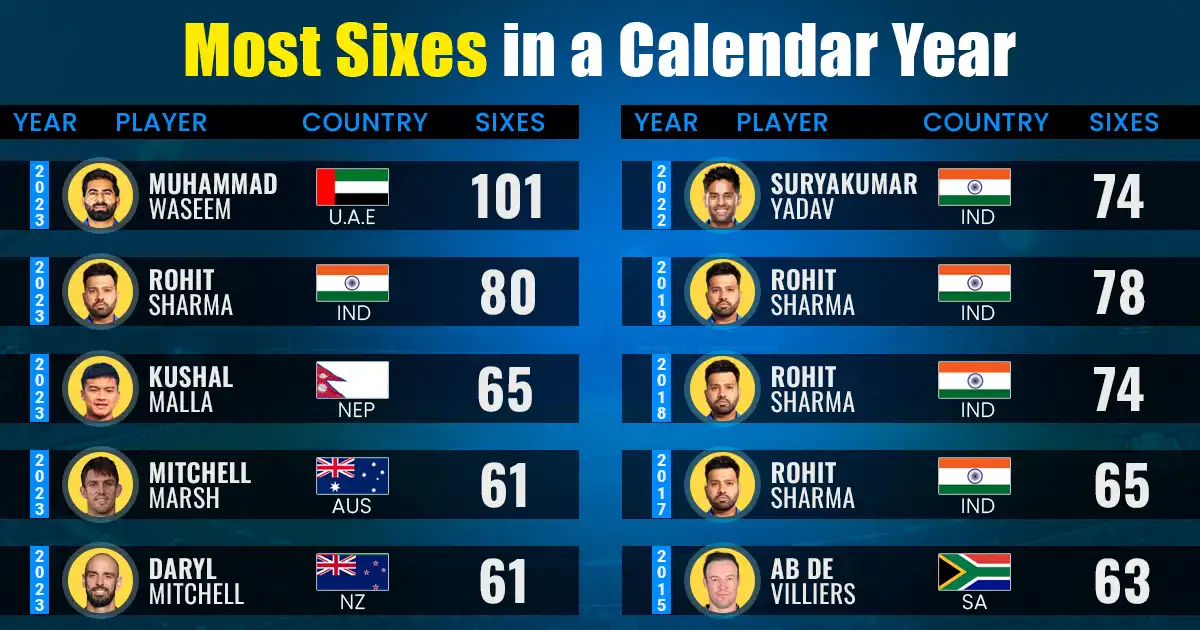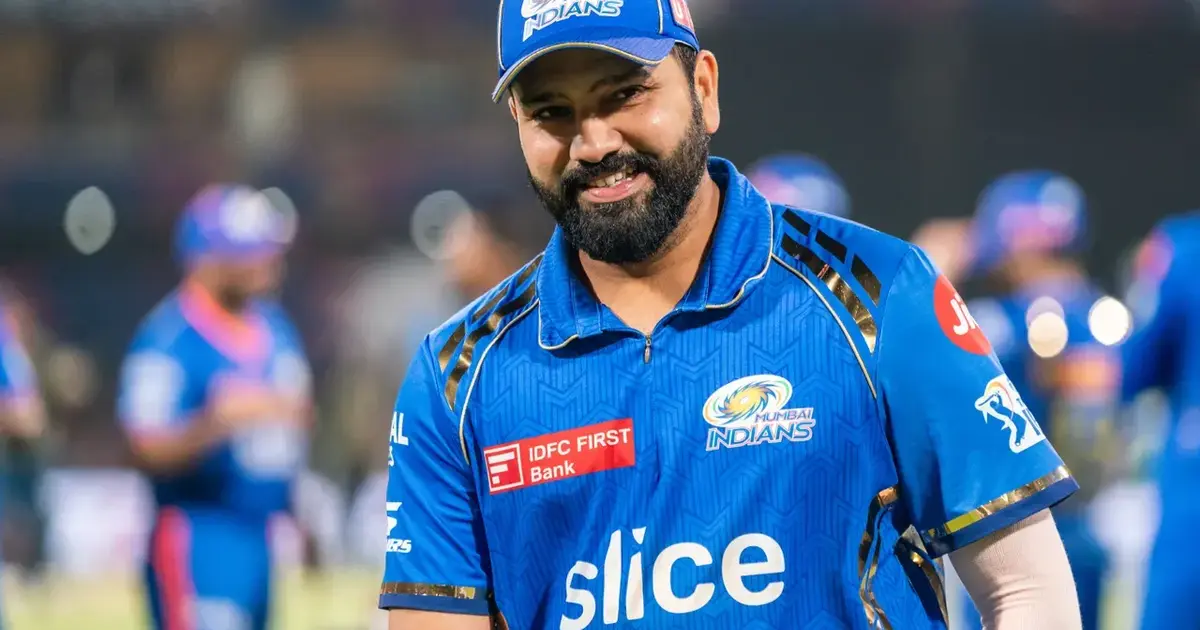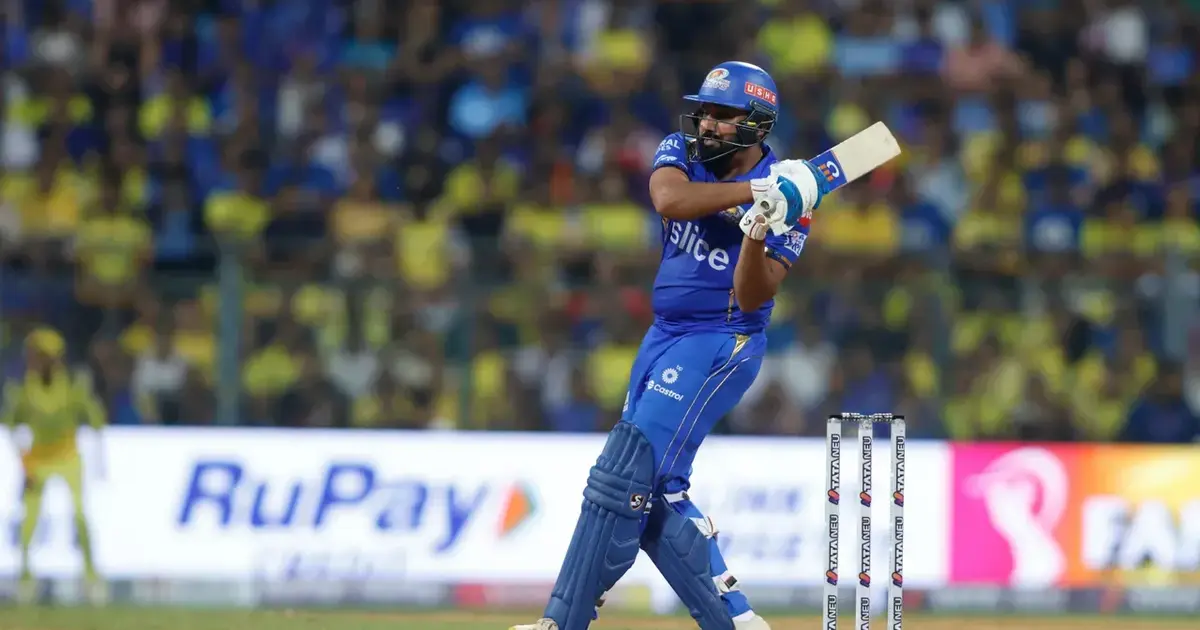
Middle and Lower-Order Batsmen are Securing Higher Runs
There is a change in the trend. The openers are no longer in the spotlight. Middle and lower-order batsmen are stealing the limelight by scoring higher runs.
Every player has a role to play, which is why we call every team sport a team sport. When certain elements perform poorly, the responsibility falls on specific individuals. It often happens in cricket, and recent trends are testimony to the fact that middle and lower-order batsmen are scoring more runs.
Cricket is strategic. The batting and bowling order play a huge role in deciding the team’s fate. Every batting order has importance, be it opening, middle, or lower.
Understanding the Batting Order
Before just starting on the journey to explore why middle and lower-order partnerships are scoring more runs, it is important to understand the batting orders.
The Openers
The openers will consist of two expert and specialist batsmen. There is a reason why particular batsmen open the first inning. A specific skill is required to stay on the pitch longer, score runs, and set an ideal track for batting performance.
The openers understand the skill and experience required to bat when the ball is new, resulting in more swings and bounces. It is relatively easier to bat with the old bowl than the new one; hence, batsmen with such skills are available for the team.
The Middle Order
The expert batsmen will fill positions 3 through 6, usually in order of how well they can hit the ball, from best to worst. That is why the third batter, for example, Virat Kohli, is often the best batter on the team.
Middle-order has a lot of responsibilities to fulfill. Consider a scenario in which top-order (openers) batsmen fail, while middle-order helps stabilize the dropping performance.
The Lower-Order
The lower-order batsman plays in the 7th position. They are usually not as good at hitting the ball as the professional batsmen, but they are better than the bowlers. In the past, wicketkeepers were sometimes worse batsmen than some or even all of the bowlers, so they played lower in the order.
Nowadays, wicketkeeper selection primarily depends on performance, which means that only a small number of wicketkeepers possess superior ball-hitting skills. Sometimes wicket-keepers are even better at batting than some specialist batsmen.
When this happens, the wicketkeeper usually bats below the batsmen to give himself a lot of time to rest after doing the hardest job on the field during the previous game.
Middler or Lower-Order is Everybody’s Fav
There are some specific reasons why the middle or lower-order position is every batter’s favorite. Here are some of those reasons:
- The bowling gets easier as the ball gets old and the opening bowling gets tired.
- There is less time available, so the batter can hit and play in an attacking position.
- Batsmen don't need to pad up and play immediately after tea.
Shining Moments of Middle and Lower Order
In many of the matches, it has been clear that the middle and lower orders are shining and building partnerships to score runs.
India vs. Sri Lanka 2017
A team needs 20 wickets to win the test match; it is that simple. Over the last few years, the Indian team has consistently worked to ensure that their bowling attack is effective. So, they've mostly had to play with five batters, which puts more pressure on the top order and relies on the lower order to make crucial contributions as well.
- R. Ashwin has made 800 runs at 34.78 in India's last 19 Tests before 2017. He has hit 2 centuries and 5 half-centuries.
- Wriddhiman Saha has appeared in 16 Tests and scored 729 runs in 20 innings at an average of 45.56. He has hit 3 hundred and 3 half-centuries.
- Jadeja has also played 19 Tests and made 663 runs at 41.43 (an average of 29.89 over his career), including 7 of his 8 Test fifties.
- There was a lot of reliance on these three to get higher scores. They always bat in the lower order for India. Ashwin added 54 runs, Saha contributed 67, and Jadeja scored 70* in India's 622/9 on day two.
India vs. England Test Series 2021
India topped the World Test Championship to secure its place in the final against New Zealand. The pitch conditions were quite challenging, but often the lower-order players, including R. Ashwin (Man of the Series) and Rishabh Pant, made sure to add runs to the scoreboard.
Appearing in the 6th spot, the batter, Rishabh Pant, was outstanding. Rishabh finished the series as the second-highest scorer, with 270 runs in six innings and an average of 54. Pant scored one century and two half-centuries.
Right after the 7th spot, R. Ashwin contributed 189 runs in 4 innings. The spinner scored a century (106) runs with an average of 31.50.
At the 8th spot, Washington Sundar played with perfection, scoring 181 runs in three tests. Washington achieved the highest score of 96* in the final test at Ahmedabad, with an average of 90.50.
Then comes Axar Patel, chipping in 55 runs in the 4 innings. Further, Mohammed Siraj and Ishant Sharma scored satisfactory runs, even as a bowler.
This event clears up the fact that middle and lower-order players are scoring runs more than ever before.

Sourav Ganguly and Sachin Tendulkar
1996–2008—what an era this was! Both middle-order batsmen, Sourav and Sachin, scored a partnership of 4,173 runs in 71 innings with an average of 61.36.
None has reached the top ten in fewer innings than Ganguly and Tendulkar, and they made it possible with the second-highest average partnership. Ganguly established India's Golden Generation of batsmen in unconventional cricket, and Tendulkar, the Master Blaster, retired as the greatest run-scorer of all time.
Tendulkar scored six double-hundreds during his incredible tenure, but it took him almost ten years and 21 tries to convert a century into a double. When Tendulkar did in 1999, Ganguly was on the other end, guiding him through it as they formed their strongest partnership against New Zealand.
India was already seeming tough at 182/3 when Ganguly joined Tendulkar, and he went on to score his century while Sachin doubled up, putting on 281 against the Kiwis.

Mahela Jayawardene and Kumar Sangakkara
Considered one of the toughest walls to break, their partnership was strong and worrisome for the bowlers. Both batsmen, Jayawardene and Sangakkara, scored 6151 runs in partnership in a total of 113 matches with an average of 56.43.
Even though they gave up Twenty20 after winning the World Twenty20, Sri Lanka's smooth batsmen were going strong in the Tests!
Both of them have scored more than 11,000 test runs, with an average of more than 50. They have scored more than a quarter of these runs while playing with each other.
Together, they contributed 624 runs against South Africa in Colombo in 2006, tying the record for the most runs scored by any wicket in Test history. To give you some background, South Africa had been out for 169 runs, and Dale Steyn had attempted to make that look good by dismissing both the openers for just 10.
To get to 374, Jayawardene batted for over 12.5 hours, and Sangakkara played for more than 11 hours. From that high point, only Hayden and Brian Lara can look down on him. Together, they made a foundation that lets them look down on every other pair that has ever shared the 22-yard middle with bats in their hands.
Dhoni in IPL 2024
MS Dhoni is the epitome of lower-order batting excellence. Looking at his current performance in the current season of the Indian Premier League, Dhoni has played over 257 matches so far and scored 5169 runs.
In the current season, MS Dhoni has scored 87 in seven matches, with a strike rate of 255.88. When Dhoni walks on the pitch at the 8th spot, you can get an idea of his importance.
Wrapping Up
The aforementioned instances clearly state that middle and lower batsmen are stealing the spotlight, emerging as great performers. Cricket is a game with changing trends. Let's see what we will witness in the coming years.



